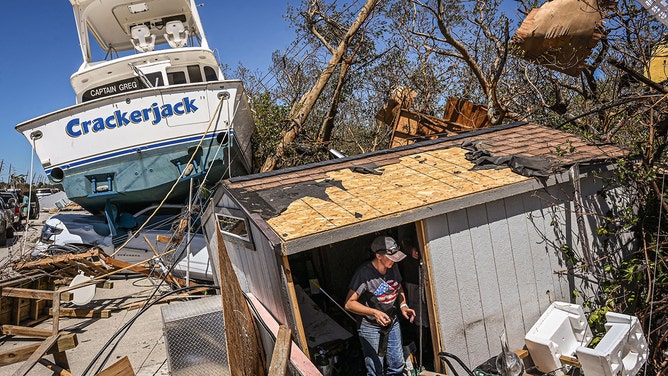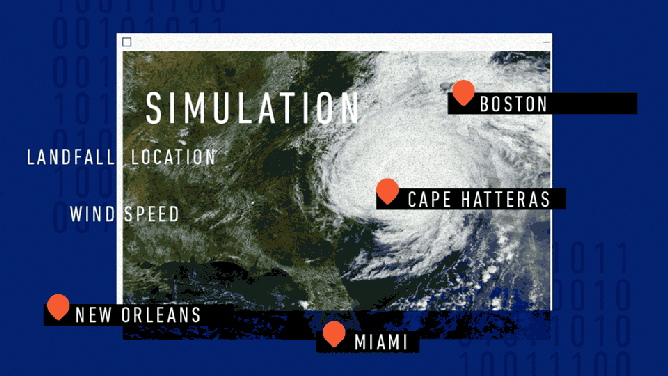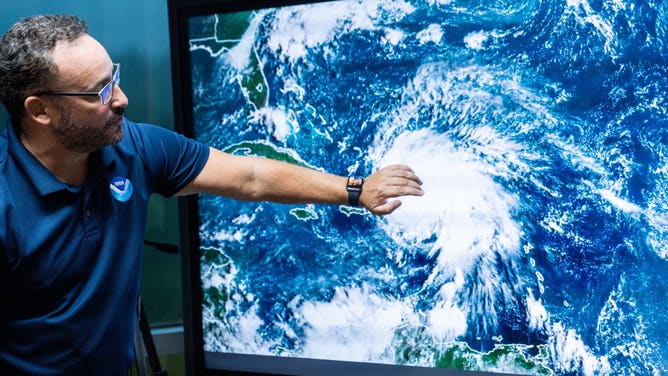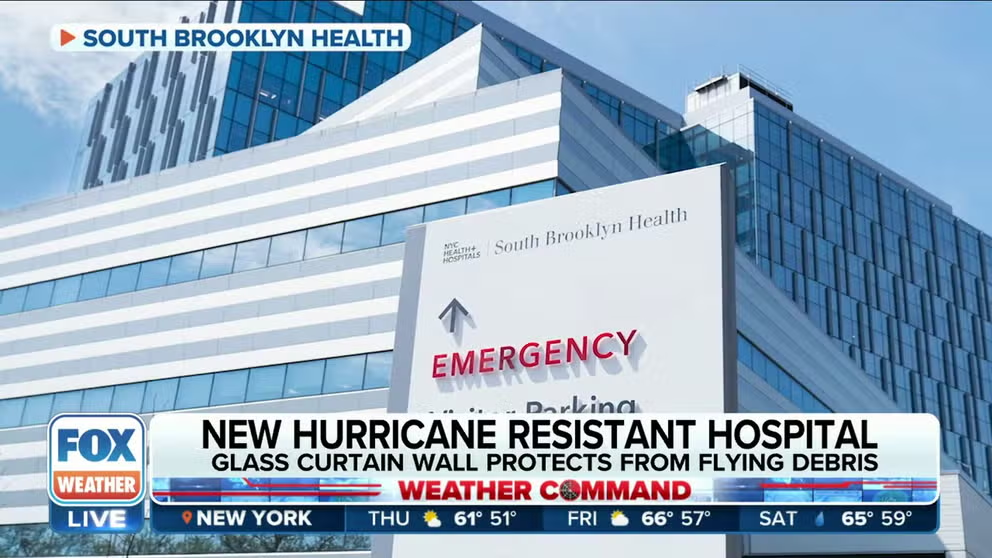How artificial intelligence is helping build hurricane-resistant homes
The algorithms used information from the National Hurricane Center’s Atlantic Hurricane Database, which contains information about hurricanes from the past 100 years.
New hurricane resistant hospital in New York replaces facility destroyed by Superstorm Sandy
Superstorm Sandy flooded the emergency room at the former Coney Island Hospital in South Brooklyn. 11 years later, FOX Weather's Amy Freeze takes you to the new Ruth Bader Ginsburg Hospital, a $1B hospital funded by a FEMA grant, built to be hurricane resistant.
Researchers have developed a method of digitally simulating hurricanes to help refine building codes for homes and businesses in hurricane-prone areas.
Current building code guidelines include maps that state the level of wind a structure must be able to handle based at a given location. These maps were developed using earlier simulations of the inner workings of hurricanes.
The newly published simulations use advances in artificial intelligence, along with years of additional hurricane records, to create more realistic hurricane wind maps for the future.

People clear debris in the aftermath of Hurricane Ian in Fort Myers Beach, Florida on September 30, 2022.
(GIORGIO VIERA/AFP / Getty Images)
Researchers used information on more than 1,500 storms from the National Hurricane Center’s Atlantic Hurricane Database, which contains information about hurricanes from the past 100 years.
With this information, researchers produced models using machine-learning and deep-learning techniques that simulated hurricane properties, such as landfall location and wind speed, that were consistent with historical records.
TOP 5 COSTLIEST HURRICANES IN US HISTORY
"It performs very well," said Adam Pintar, a mathematical statistician at the National Institute of Standards and Technology and co-author on the study. "Depending on where you're looking at along the coast, it would be quite difficult to identify a simulated hurricane from a real one, honestly."

Hurricane simulation using the new models.
(Shutterstock, adapted by B. Hayes/NIST / FOX Weather)
The models were also used to generate sets of 100 years’ worth of hypothetical storms, which the researchers noted largely overlapped with the general behavior of storms in the NHC's Atlantic Hurricane Database.
Researchers did note, however, that the simulations generated by the models were less realistic for coastal states in the Northeast due to a relative lack of information.

A man motions to a satellite image of Hurricane Fiona over Puerto Rico.
(Office of the Governor of Puerto Rico / FOX Weather)
"Hurricanes are not as frequent in, say, Boston as in Miami, for example," said said Emil Simiu, NIST fellow and co-author on the study. "The less data you have, the larger the uncertainty of your predictions."
According to the NIST, the team plans to use simulated hurricanes to develop coastal maps of extreme wind speeds as well as quantify uncertainty in those estimated speeds.
